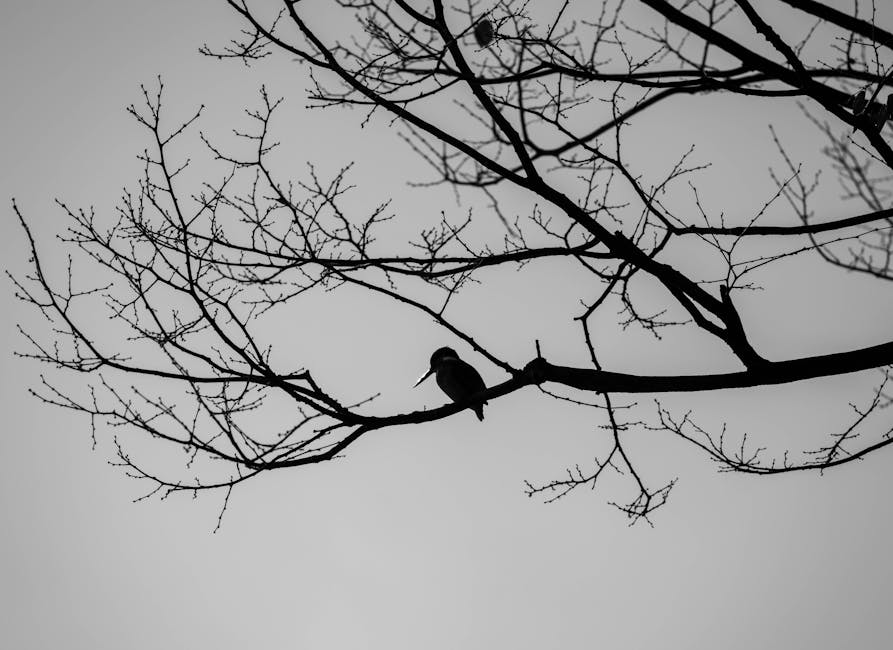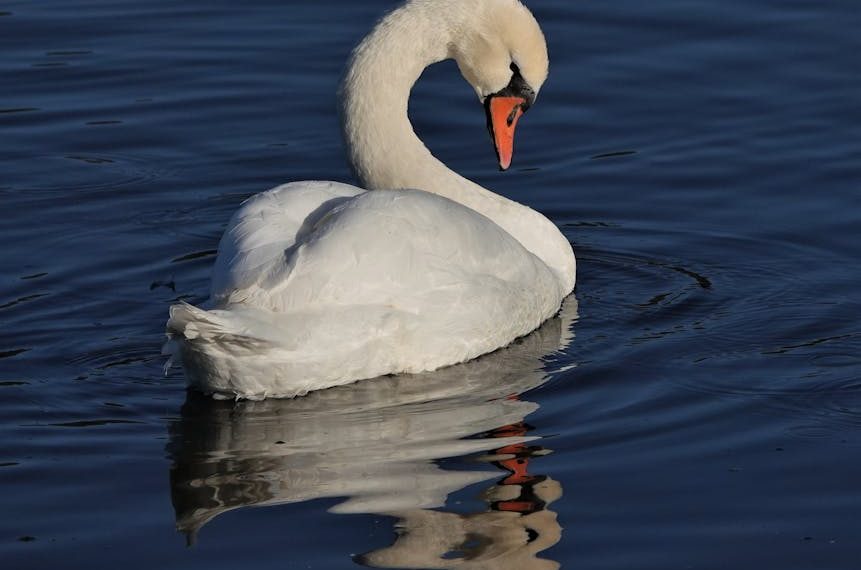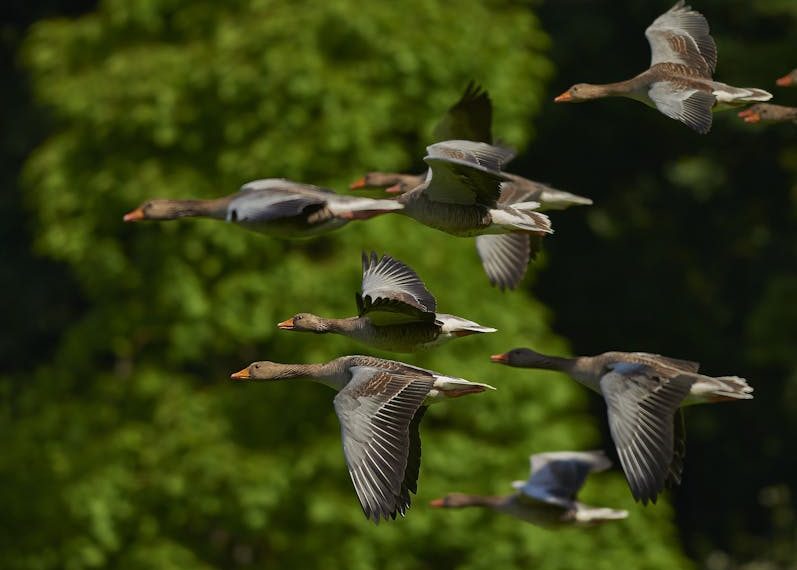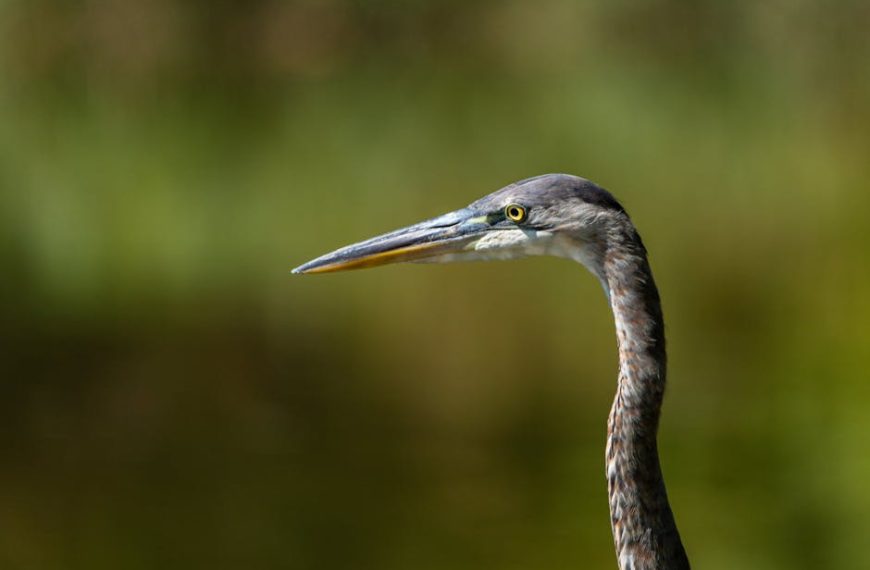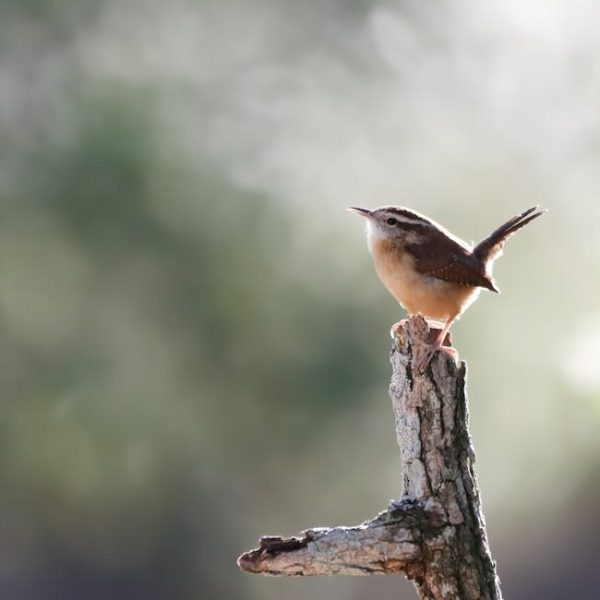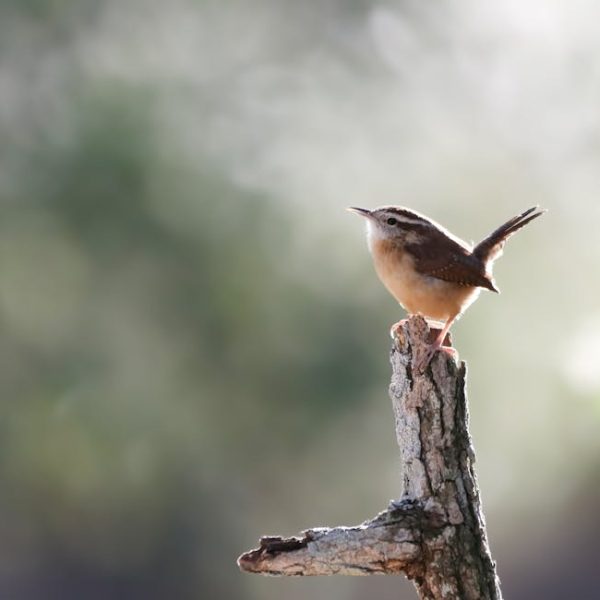Imagine a simple backyard leisure moment fading in an orchestra of chirping birds perched on the pergola. The experience is quite relaxing, right? However, copious amounts of bird droppings splattered on your beautiful pergola, seating area, and floor coverings can soon overshadow the initial mirth and tranquility. Hence, finding effective ways to keep birds off your pergola becomes crucial, not only for personal comfort but also to maintain the structure’s longevity and aesthetic appeal. This detailed guide presents various strategies encompassing physical barriers to repellants and bird-scaring devices, catering to a plethora of contexts and budgets.
Understanding Why Birds are Attracted to Your Pergola
Birds, just like other wildlife, are drawn towards comfort and survival sources. Your pergola might unknowingly be presenting an array of attractions such as readily available food sources from bird feeders or fruit-bearing plants, potential nesting sites facilitated by the structure’s sheltered ledges or hanging vines, and a vantage point against predators. Moreover, certain shiny or multi-colored elements could also catch their attention.
Depending on your geographic location, you might observe different bird species utilizing or damaging your pergola. While sparrows and starlings could be a common sight in urban areas, robins and wrens might frequent your pergola if you reside closer to greener habitats. Understanding the behavior of these species and their specific preferences could serve as the foundation of your bird deterrent strategy.
Pro tip: Research about bird species common in your area to understand their behaviors better, and use these insights in tweaking your strategy.
Implementing Physical Barriers
As an initial step, consider implementing physical barriers that prevent birds from roosting or nesting on your pergola. Netting, bird spikes, and even a simple slinky on the beams could be effective in deterring them.
| Physical Barrier | Pros | Cons |
|---|---|---|
| Netting | Easy to install, relatively inexpensive | May disrupt the pergola’s aesthetic appeal |
| Bird Spikes | Highly Effective, Does not harm birds | Possibly dangerous if children are present |
| Slinky | Cheap, fun, and safe | Not very durable |
Ensure to handle and install these tools carefully, avoiding harm or significant discomfort to the bird population, maintaining an ethically conscious method in pursuit of safeguarding your pergola.
Applying Safe Repellants
Alternatively, bird repellants can be a reliable choice. These might include reflective objects that produce a visual distraction for the birds, wind-chimes which deter birds through noise, or even certain scents known to keep birds at bay.
- Reflective Objects: Aluminum foils or old CDs
- Audio Deterrents: Wind-chimes or ultrasonic repellers
- Natural Scents: Essential oils such as peppermint or eucalyptus
Placement of these repellents is crucial to ensure maximum effectiveness – reflective objects fare best when hung from the sides, audio deterrents work well when fixed atop the pergola and scents could be sprayed liberally, remembering to replenish periodically.
Employing Bird-Scaring Devices
Bird-scaring devices, while more sophisticated, serve as an effective deterrent. Devices such as bird decoys, scarecrows, and ultrasonic devices, act to frighten or disperse birds from settling on your pergola.
Comparing passive and active bird-scaring devices:
| Device Type | Examples | Pros | Cons |
|---|---|---|---|
| Passive | Owl decoys | Cost-effective, low maintenance | May not work on all bird species, birds may get habituated |
| Active | Ultrasonic devices, motion-activated sprinklers | Highly effective, covers large area | More expensive, may disturb other wildlife or pets |
Remember to position these devices optimally and change their locations frequently to prevent birds from getting used to them. Look for a balance to ensure these do not disturb the overall ambiance of your garden or annoy neighbors.
Maintaining a Bird-Resistant Environment
Apart from the immediate tactics, consider a long-term plan such as avoiding bird-attracting plants or minimizing sources of bird food. Regularly clean your pergola and maintain the cleanliness around, as birds are less attracted to clean areas.
Here’s a quick guide on how to maintain a bird-resistant environment:
- Replace bird-friendly plants with less attractive alternatives.
- Secure garbage cans and compost heaps which might serve as food sources.
- Clean your pergola regularly to remove potential food sources and discourage nesting.
- Consider placing a bird feeder or birdbath away from the pergola to divert their attention.
This approach might require some time and effort, but it contributes to a more permanent solution by making your pergola’s environment less welcoming to birds. Balance needs to be struck considering the cost, time, effectiveness, and how these measures would fit into the broader landscape of your garden.
In conclusion, birds are a delightful part of our ecosystems. The flutter of wings and chirping can bring any garden to life. But when these feathered friends become a source of discomfort by taking residence on your pergola, taking some simple and humane measures can help strike the perfect balance between enjoying their presence and maintaining the longevity and aesthetics of your pergola.
Key Takeaway:
- Birds can be attracted to your pergola due to availability of food, potential nesting sites, protection from predators, and certain shiny or multi-colored elements.
- Physical barriers like netting, bird spikes, and slinky can prevent birds from landing or nesting on your pergola.
- Bird repellants such as reflective objects, wind-chimes, or certain scents can effectively deter birds.
- Bird-scaring devices like bird decoys, scarecrows, and ultrasonic devices can keep birds away from the pergola.
- Long-term strategies like avoiding bird-attracting plants and minimizing sources of bird food help in maintaining a bird-resistant environment.
While having birds in your backyard can be enjoyable, their presence on your pergola could be less pleasing. In maintaining the structure’s longevity and aesthetic appeal, it’s crucial to deter birds in a humane way. With the simple and effective methods mentioned, you can achieve an ideal outdoor area not just for you, but for your feathered friends as well.
FAQs
Q: What types of plants should I avoid to deter birds from my pergola?
A: Plants that produce seeds or berries, or certain flowering plants can attract birds. Opt for varieties that do not serve as a food source or a nesting site for birds.
Q: Are bird spikes harmful to birds?
A: No, bird spikes are designed to simply prevent birds from landing or roosting, not to harm them. Ensure they are installed correctly and are of appropriate size to prevent harm.
Q: Can I use a combination of deterrent methods for more effective results?
A: Yes, combining different methods such as barriers, repellants, and scaring devices can offer more comprehensive protection for your pergola.
Q: How often do I need to clean my pergola to maintain a bird-resistant environment?
A: A regular cleaning schedule would work best, aim for at least once a week. More frequent cleaning may be required during bird breeding season.
Q: What are some bird-friendly ways to enjoy bird-watching without compromising my pergola?
A: Consider setting up a bird feeder or a birdbath away from the pergola. This way, you can still enjoy their presence without having them encroach on your pergola.
We encourage you to share this article and discover more informative posts on our website!
